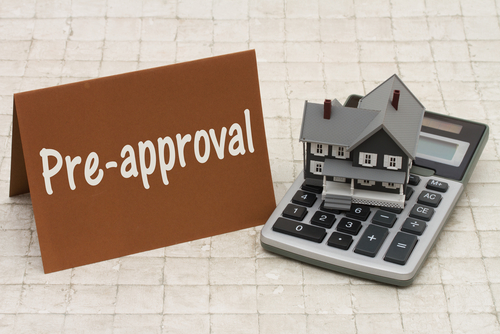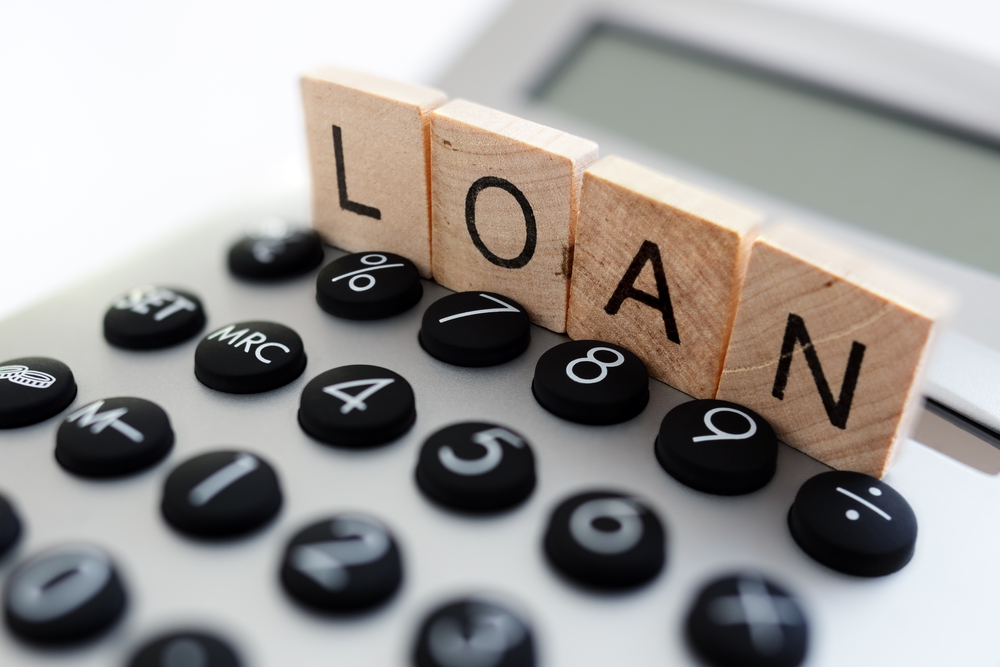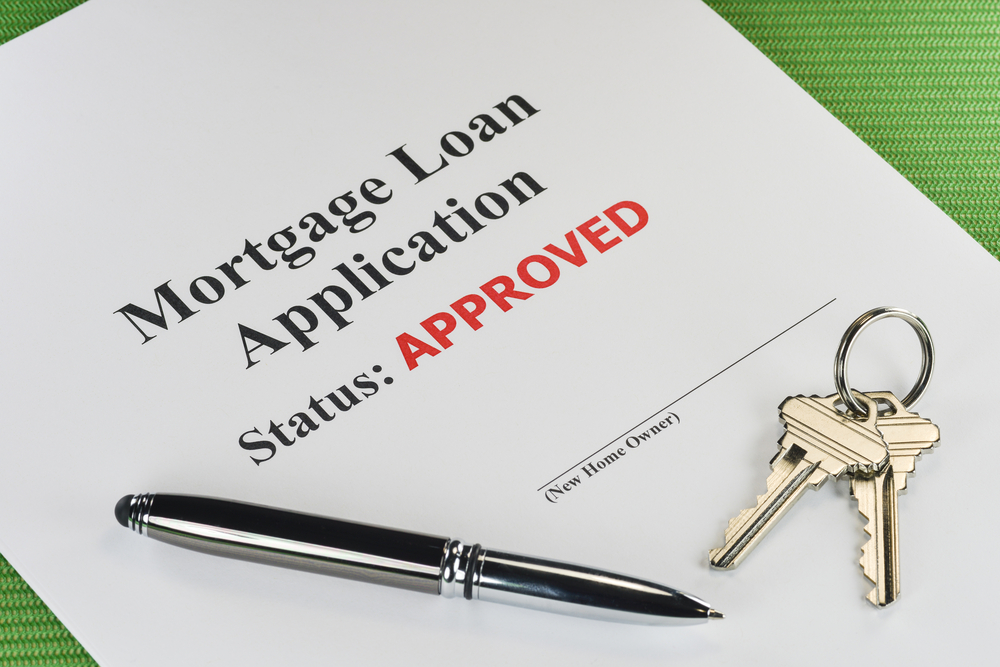A pre-approval letter is your biggest bargaining chip when shopping for a home. Getting pre-approved isn’t a requirement. But when you include a pre-approval letter with a home offer, it says you’re a serious buyer and you’ll get the seller’s attention.
A pre-approval means you’ve submitted an official mortgage application and provided the lender with financial documentation, such as your most recent bank statements, pay stubs, w-2s and tax returns. You also give the lender permission to check your credit.
Your pre-approval letter, however, is more than a letter saying you qualify for a home loan. It also includes information that you, your realtor and home sellers need to know.
1. Type of mortgage
There are numerous home loan products, and as the borrower, you need to know the type of mortgage you’re approved for. Your pre-approval letter will indicate your mortgage program, such as FHA, conventional, USDA or VA home loan. This is important because different mortgages have different down payment requirements and minimum credit score requirements, plus your type of mortgage determines how much a seller can contribute to your closing costs. If you have a conventional loan, the seller can contribute up to 3%, whereas FHA loans allow sellers to contribute up to 6%.
Your pre-approval letter also includes information about your mortgage term—10, 15, 20 or 30-years.
2. Mortgage rate
A pre-approval letter will also include your mortgage rate. Understand that mortgage rates can fluctuate up or down on a day-to-day basis. So the rate you’re quoted at the time of applying for the mortgage might be different from the rate you receive at closing. To avoid a possible rate increase, the bank may offer a rate lock option. For a fee, you can lock your rate for a certain length of time—typically up to 45 or 60 days.
3. Mortgage conditions
Your pre-approval letter may be subject to certain conditions. For example, the lender may include a condition that says the mortgage is contingent on your ability to sell your current home. This might be the case if you don’t have resources to carry two mortgage loans. Additionally, the mortgage will be contingent on a home appraisal. A mortgage lender isn’t going to give you $200,000 to purchase a house if the appraisal report says the property is only worth $180,000.
5. Pre-approval date
Since a mortgage pre-approval usually expires within 90 days, your letter will include an issue date and an expiration date. If you’re unable to find a property within this time frame, the lender will take a second look at your credit and finances before issuing another pre-approval letter.








